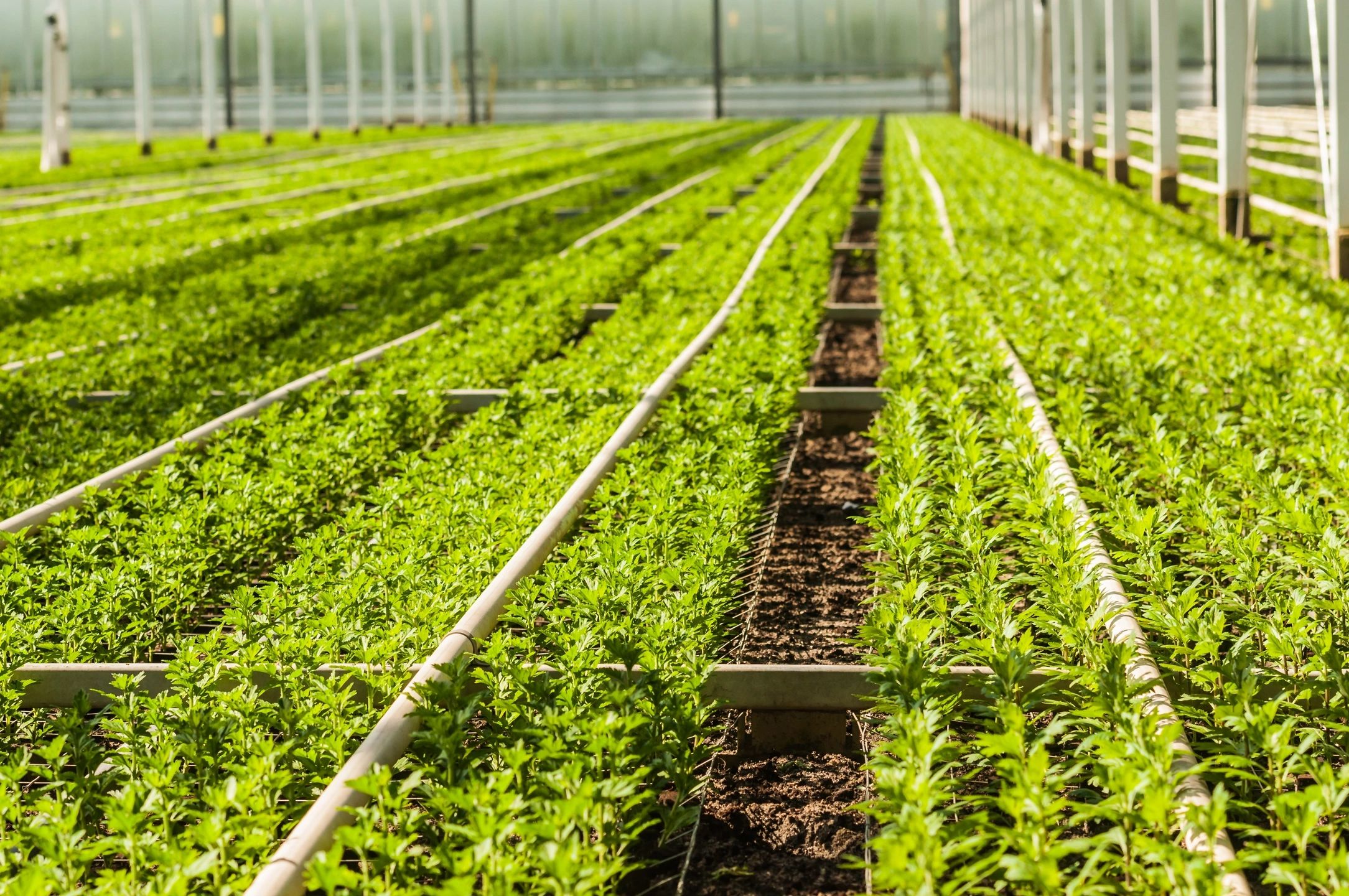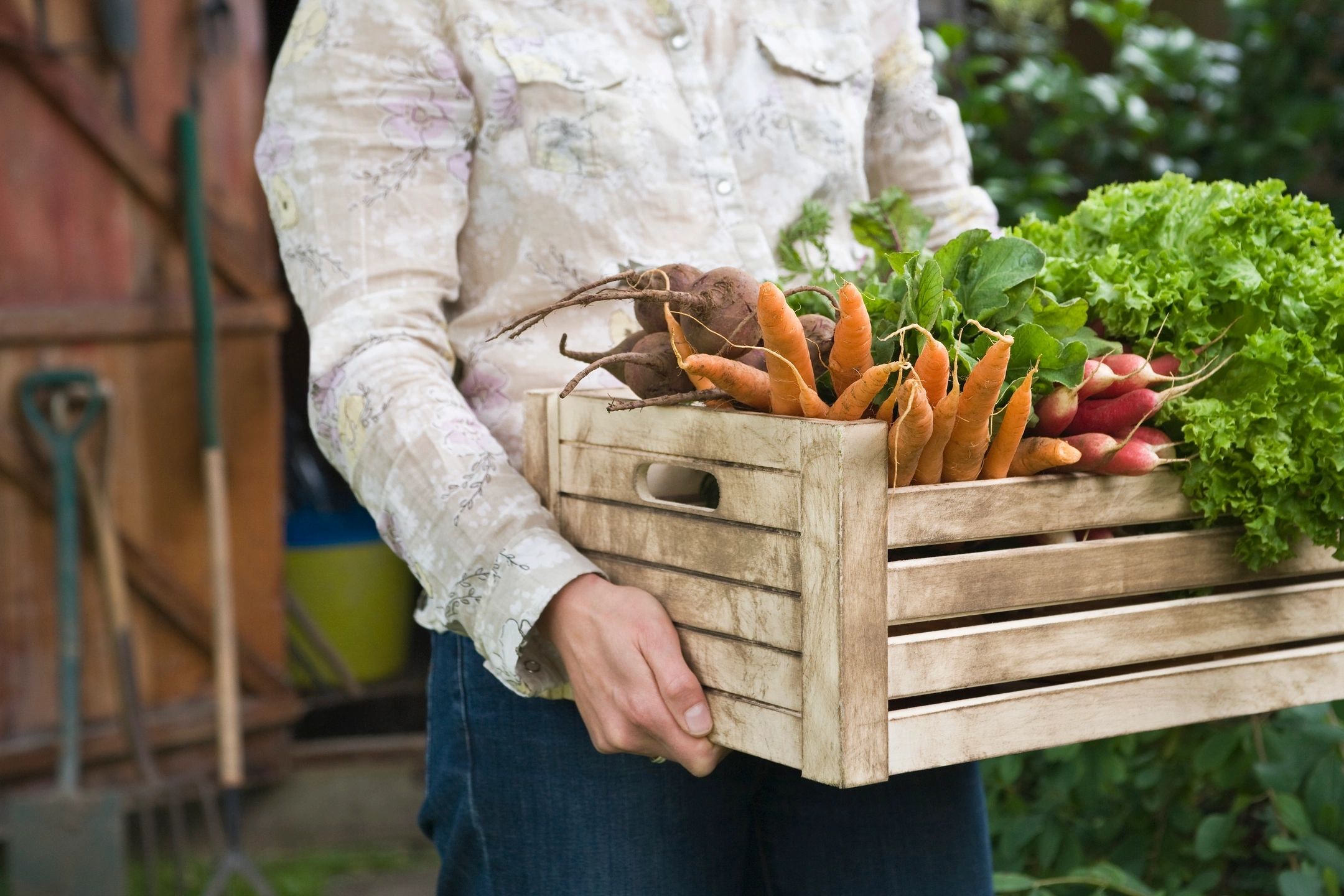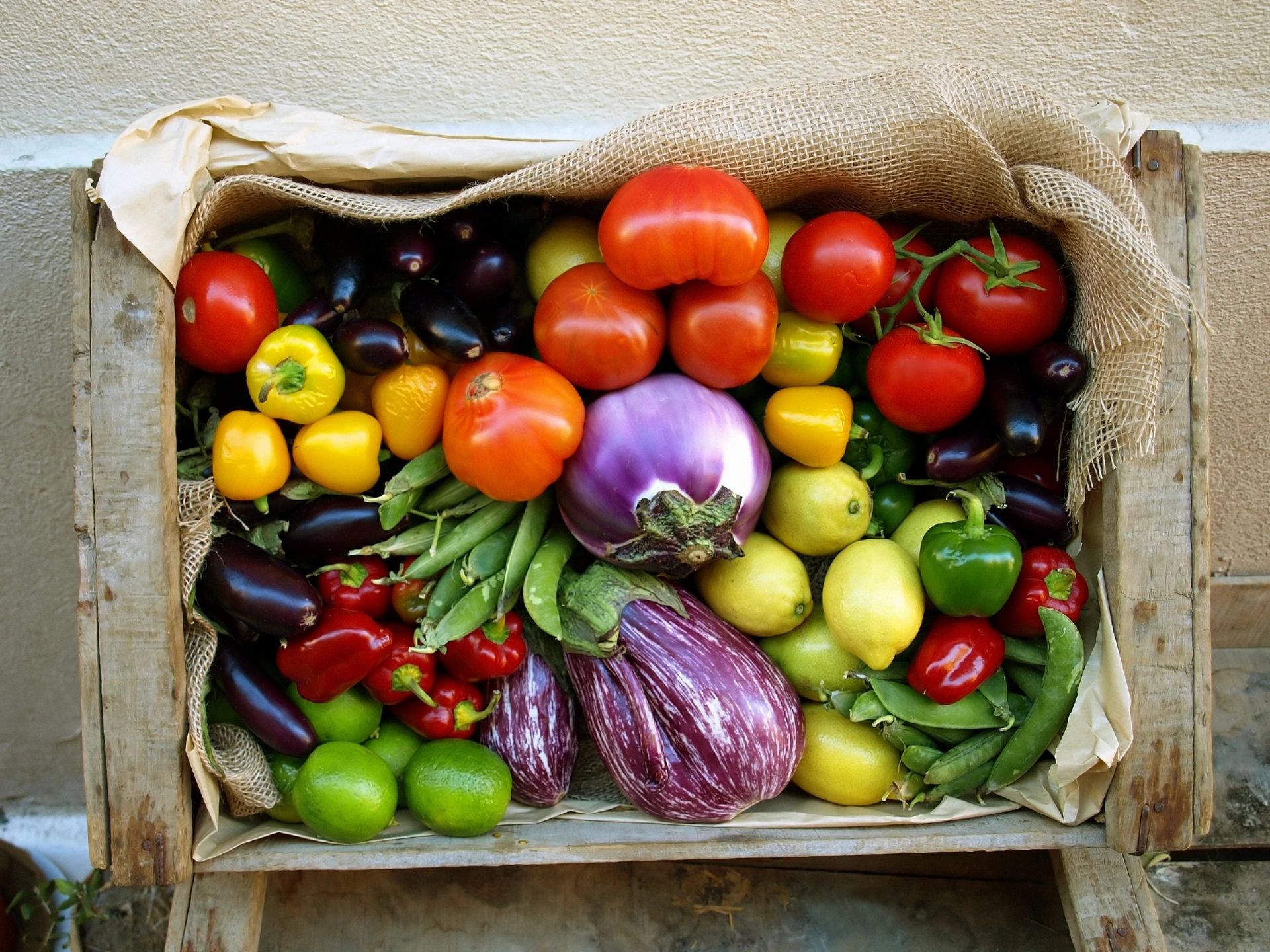Introduction
Agricultural Technology, or AgTech, is at the forefront of a transformative era in farming and food production. By integrating advanced technologies such as vertical farming, Internet of Things (IoT) sensors, and artificial intelligence (AI), AgTech is addressing critical challenges in agriculture, including resource efficiency, climate change adaptation, and food security. These innovations are not only enhancing the way we cultivate crops but are also reshaping our dietary habits and relationship with food.
Vertical Farming: Cultivating Crops in New Dimensions
Vertical farming involves growing crops in stacked layers, often within controlled indoor environments. This method offers several advantages over traditional farming:
- Efficient Use of Space: Vertical farming allows for agriculture in urbanized and space-constrained environments, maximizing food production per square foot.
- Year-Round Production: By controlling environmental factors such as light, temperature, and humidity, vertical farms can produce crops consistently throughout the year, independent of seasonal changes.
- Resource Conservation: These systems often use hydroponic or aeroponic methods, which can reduce water usage by up to 90% compared to traditional soil farming.
- Reduced Environmental Impact: The controlled environment minimizes the need for pesticides and herbicides, leading to cleaner produce and less chemical runoff into ecosystems.
Companies like Plenty are pioneering this space by establishing vertical farms near urban centers, reducing transportation costs, and delivering fresher produce to consumers.
IoT Sensors: Precision Agriculture at Your Fingertips
The integration of IoT sensors in agriculture has ushered in an era of precision farming, where data-driven decisions enhance efficiency and productivity:
- Real-Time Monitoring: Sensors deployed across fields collect data on soil moisture, temperature, humidity, and nutrient levels, providing farmers with immediate insights into crop conditions.
- Optimized Resource Use: With accurate data, farmers can tailor irrigation and fertilization schedules to the specific needs of crops, reducing waste and improving yields.
- Pest and Disease Management: IoT devices can detect early signs of pest infestations or disease outbreaks, enabling prompt interventions that prevent widespread damage.
- Automated Operations: Connected systems can automate tasks such as watering and climate control within greenhouses, freeing up time for farmers to focus on other critical activities.
For example, in Kenya, small-scale farmers are utilizing AI tools like Virtual Agronomist and PlantVillage, which rely on data from IoT sensors to provide tailored advice on fertilization and pest control, leading to significant yield improvements.
AI-Powered Crop Management: The Brain Behind Modern Farming
Artificial intelligence is revolutionizing agriculture by enabling smarter decision-making and automating complex processes:
- Predictive Analytics: AI algorithms analyze historical and real-time data to forecast weather patterns, pest movements, and crop yields, allowing farmers to proactively address potential challenges.
- Precision Resource Application: AI-driven systems can determine the exact amount of water, fertilizers, and pesticides needed for specific areas within a field, minimizing waste and environmental impact.
- Crop Health Monitoring: Machine learning models process images from drones and satellites to detect early signs of disease or nutrient deficiencies, facilitating timely interventions.
- Robotics and Automation: AI powers autonomous machinery for planting, weeding, and harvesting, reducing labor costs and increasing efficiency.
In vineyards, AI-backed tractors equipped with sensors and data processing capabilities are being used for precision farming, optimizing operations, reducing fuel use, and minimizing pollution.
Impact on Food Systems and Consumption
The advancements in AgTech are not only transforming farming practices but also influencing the way we consume food:
- Local and Fresh Produce: Technologies like vertical farming enable the cultivation of crops closer to urban centers, reducing transportation time and ensuring fresher produce reaches consumers.
- Diverse Crop Availability: Controlled environment agriculture allows for the growth of a variety of crops, including exotic and out-of-season produce, expanding consumer choices.
- Transparency and Traceability: Data collected through IoT and AI systems can provide consumers with detailed information about the origin, cultivation practices, and journey of their food, fostering trust and informed choices.
- Sustainable Practices: AgTech innovations contribute to more sustainable food production methods, appealing to environmentally conscious consumers and promoting eco-friendly diets.
Challenges and Considerations
While AgTech offers promising solutions, its adoption comes with challenges:
- High Initial Investment: Implementing technologies like vertical farming systems and AI-powered machinery requires significant capital, which may be a barrier for small-scale farmers. citeturn0search18
- Technical Expertise: Effective utilization of these technologies necessitates
Conclusion
AgTech is not just transforming the way we grow food—it’s redefining our relationship with it. From vertical farms that rise above city skylines to AI-powered systems optimizing every seedling’s potential, technology is bringing precision, sustainability, and resilience to agriculture. As global populations grow and climate challenges intensify, the integration of smart farming tools like IoT sensors and data-driven crop management will be vital. The future of farming is digital, local, and sustainable—and it’s happening now. For consumers, producers, and the planet, AgTech offers a smarter way to grow and a better way to eat.
References List
- Arctic Farming. (n.d.). These are the 10 biggest benefits of vertical farming. https://www.arcticfarming.io/blog/these-are-the-10-biggest-benefits-of-vertical-farming
- Eden Green Technology. (n.d.). How hydroponics can save our food system. https://www.edengreen.com/blog-collection/how-hydroponics-can-save-our-food-system
- Folio3 AgTech. (n.d.). Role of IoT sensors in agriculture. https://agtech.folio3.com/blogs/role-of-iot-sensors-in-agriculture
- Wired. (2018). The produce company that supplies Google HQ’s kitchen. https://www.wired.com/story/the-produce-company-that-supplies-google-hqs-kitchen
- ScienceDirect. (2023). IoT in agriculture. https://www.sciencedirect.com/science/article/pii/S2666154323002831
- KeyMakr. (2023). AI in agriculture: Revolutionizing crop management and yield prediction. https://keymakr.com/blog/ai-in-agriculture-revolutionizing-crop-management-and-yield-prediction
- AP News. (2024). AI-backed tractors helping vineyards go green. https://apnews.com/article/9afba3e163e8efc6c710210a83970dd1
The Guardian. (2024). High-tech, high yields: The Kenyan farmers deploying AI. https://www.theguardian.com/world/2024/sep/30/high-tech-high-yields-the-kenyan-farmers-deploying-ai-to-increase-productivity



